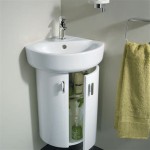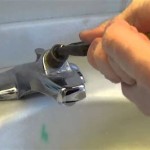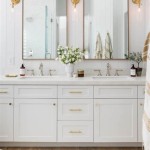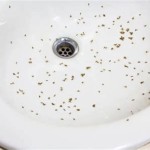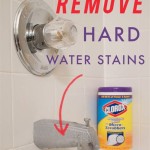How to Make a Bathroom Floor Waterproof
A bathroom is one of the most crucial rooms in a house, susceptible to water damage due to its constant exposure to moisture. Ensuring a waterproof bathroom floor is paramount to preventing leaks, mold growth, and structural issues. This article outlines effective methods to achieve a waterproof bathroom floor, ensuring durability and peace of mind.
1. Preparing the Subfloor
The foundation of a waterproof bathroom floor lies in a properly prepared subfloor. Existing subfloors should be inspected for any signs of damage, rot, or unevenness. If necessary, damaged sections should be replaced with new, rot-resistant materials like plywood or OSB board. Uneven surfaces should be leveled using a self-leveling compound. It is crucial to ensure the subfloor is sturdy, level, and free from any potential moisture pockets.
Once the subfloor is prepared, a moisture barrier is essential. This barrier, typically a plastic sheet like 6-mil polyethylene, is laid directly on top of the subfloor, extending up the walls to create a continuous seal. The moisture barrier prevents any water from seeping into the subfloor structure, minimizing the risk of damage.
2. Installing a Waterproof Membrane
A waterproof membrane is a crucial component of a bathroom floor, providing an additional layer of protection against water penetration. These membranes are available in various materials, including PVC, rubber, and liquid-applied products. The choice of membrane depends on the specific requirements of the project and the desired level of waterproofing.
PVC and rubber membranes are typically sheets that are installed by overlapping and sealing the seams with a compatible adhesive. These membranes are durable, resistant to punctures, and can be applied over various subfloor materials. Liquid-applied membranes, on the other hand, are a single-component sealant that is applied to the subfloor using a roller or brush. These membranes create a seamless, waterproof barrier and are ideal for intricate areas like corners and around drains.
When installing a waterproof membrane, it's crucial to ensure all joints and seams are properly sealed. Overlapping sheets of membrane should be sealed with a suitable adhesive tape, adhering to the manufacturer’s instructions. Liquid-applied membranes should be applied in multiple thin coats, allowing each coat to dry thoroughly before applying the subsequent layer.
3. Finishing the Floor
After installing the waterproof membrane, the final layer of the bathroom floor can be applied. This layer serves both aesthetic and functional purposes, providing a durable, water-resistant surface. Various flooring options are available, each with unique properties and advantages. Some popular choices include:
- Ceramic or Porcelain Tiles: These are commonly used in bathrooms due to their durability, moisture resistance, and ease of cleaning. They are available in a wide array of colors, patterns, and sizes, offering versatility for different design styles.
- Vinyl Tile: This is a cost-effective option that is easy to install and offers good stain resistance. It is available in various styles, simulating the look of stone, wood, or other materials.
- Stone: Natural stone, such as marble, granite, or slate, offers a luxurious and elegant look. However, it can be more expensive and require specialized installation.
The chosen flooring material should be installed over the waterproof membrane, using a mortar or adhesive that is compatible with both the membrane and the flooring. Proper installation techniques should be followed to ensure a secure bond and prevent any movement or cracking of the floor.
After the flooring is in place, it’s essential to seal the grout lines between tiles, if applicable. Grout serves as a barrier to prevent water from seeping into the subfloor and promoting mold growth. A sealant should be applied to the grout lines, following the manufacturer’s instructions for application and drying time.
By following these steps, you can ensure a waterproof bathroom floor that protects your home from water damage, contributes to a healthy living environment, and enhances the overall aesthetics of the bathroom.

How To Waterproofing Your Bathroom In 10 Steps Easy Drain
Bathroom Waterproofing How To Waterproof A N Standards Architecture Design

Bathroom Waterproofing Solutions For Leakages 20mcc

The Complete Guide To Waterproofing Your Bathroom Floor Cce L News

How To Make A Wet Room Waterproof Big Bathroom

Best Bathroom Flooring Options

Bathroom Waterproofing Guide For Beginners Asian Paints

10 And Easy Diy Bathroom Flooring Ideas

Vinyl Planks In Bathrooms Residential Inspiration Flooring

Best Bathroom Flooring Options
Related Posts
